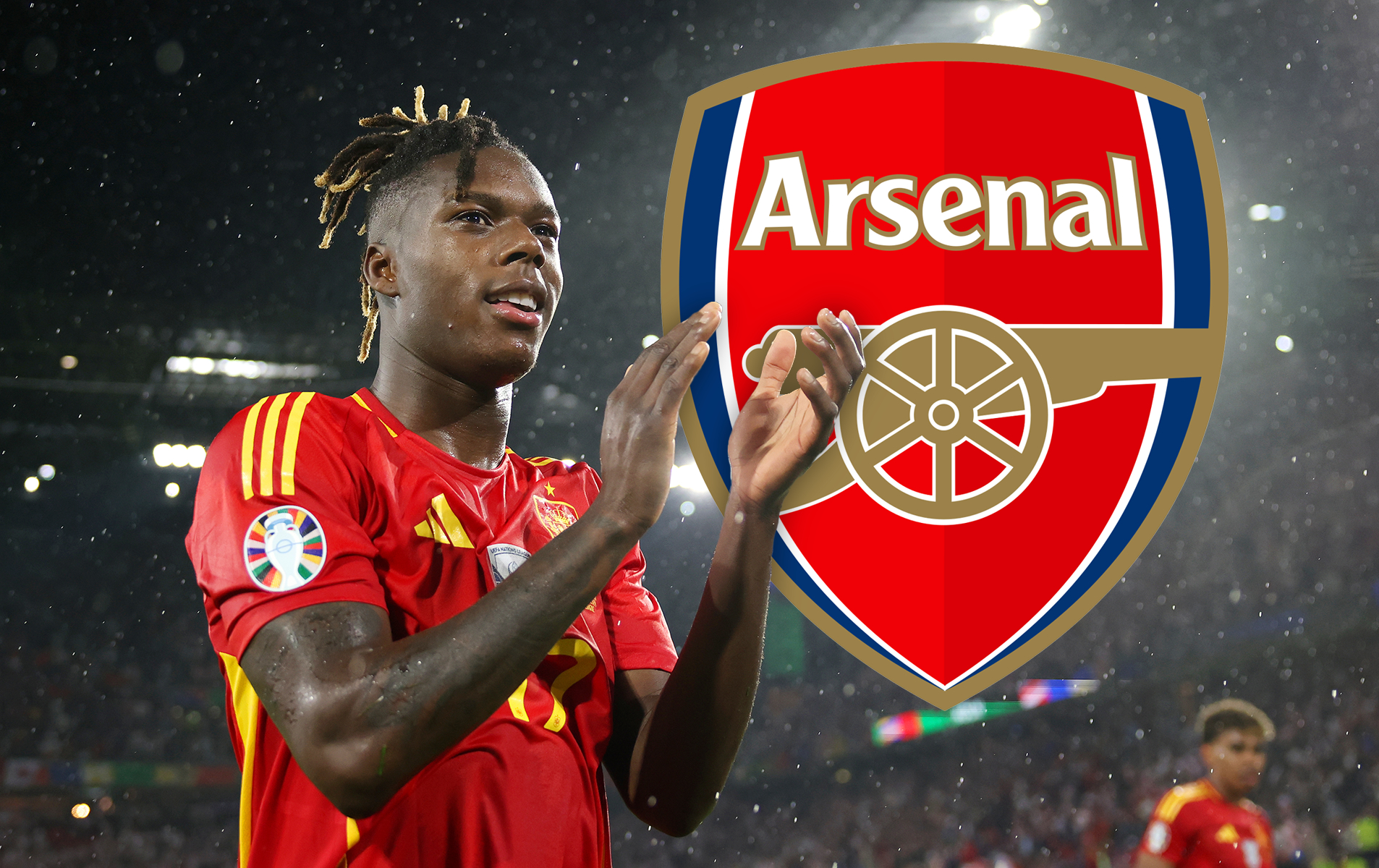Darren Bent: How to be a maestro of movement
Wonder how the Derby County marksman always seems to be in the right place at the right time? Wonder no more...
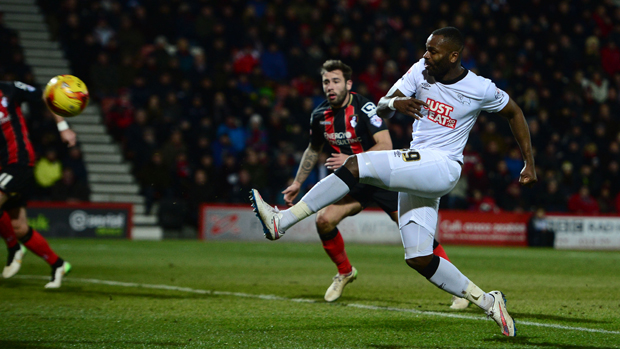
Deceiving the oppo
“Always make two runs – one for the defender, one for you. If you’re making a near-post run, pretend you’re making a back-post run – and vice-versa. That will put the defender off and give you the extra yard; you’ll also have momentum over him. It’s the same when you’re receiving a pull-back; make a run to the near or back post, then put on the brakes and pull out. Again, it will give you an extra yard or two. Make sure your movement is sharp and direct, but don’t spin because you’ll lose your bearings.”
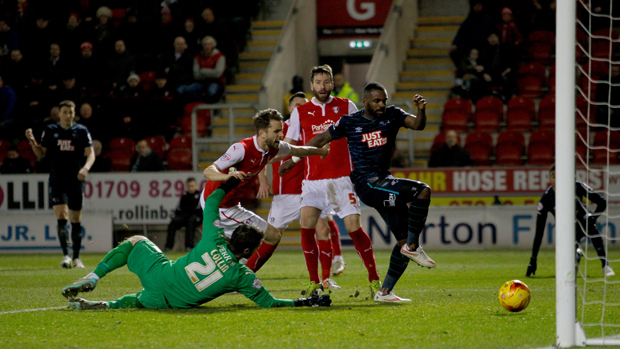
Know your enemy
“If you’re up against a physical defender who wants to hold onto you, take him deep into areas he doesn’t want to go, leaving space behind for your team-mates to exploit. With quick markers, wait for them to take their eye off you to look at the ball, then dart in behind. If you’ve got a run on him, it doesn’t matter how quick the defender is – he won’t catch you. Deep-lying midfielders can be difficult because they intercept a lot of passes, so stay on the move so you can be in a position to receive the ball.”
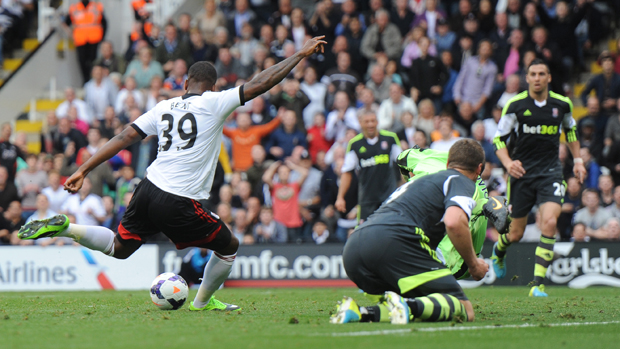
Playing off the shoulder
Get FourFourTwo Newsletter
The best features, fun and footballing quizzes, straight to your inbox every week.
“Stand behind the defender in an offside position. When your team-mate is ready to play the ball in behind, dart in front of the defender to get back onside and run in behind where the ball is played. If you do this, the defender won’t be able to see where you are until the last second and he’ll have to manoeuvre his feet and change direction to try and catch you. You want to disorientate the defender and by running to receive the ball then spinning in behind, you will.”
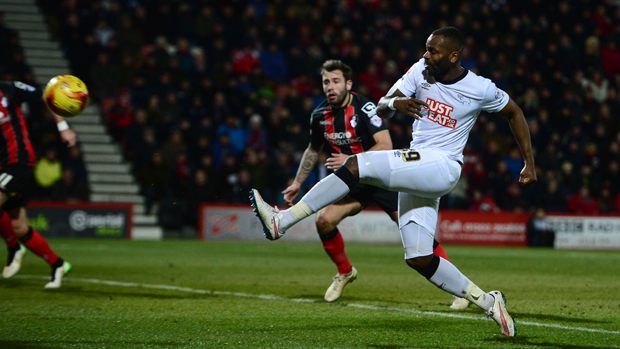
Exposing a weak link
“Always look for weaknesses in the opposition defence. If you’re quick and they have a slow centre-back, take your game to him. If you’re big and strong and there’s a defender you think you can physically dominate, take your game to him. But the best thing you can do is stand between the two centre-backs or, if that’s where the weakness is, between the centre-back and the full-back. If you can do that, they’re not quite sure which one is marking you and you always seem to have that bit more time.”
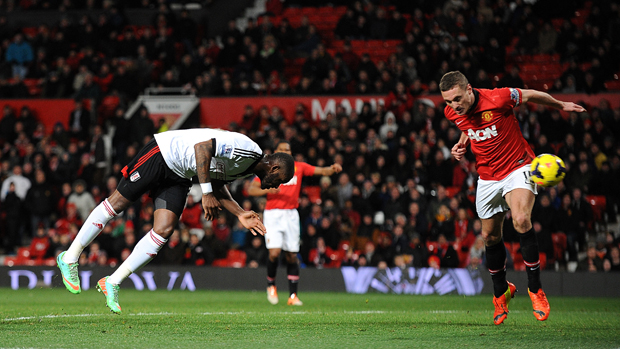
Beat the offside trap
“Ruud van Nistelrooy was the best at this. He wasn’t always the fastest, but he always seemed to be running in on goal on his own. The key is to start in an offside position, then come back onside and bend your run – if you run in straight lines, nine times out of 10 you’re going to be caught offside. A defender hates it if he can’t see the striker, and by starting off offside, he won’t see you until it’s too late.”
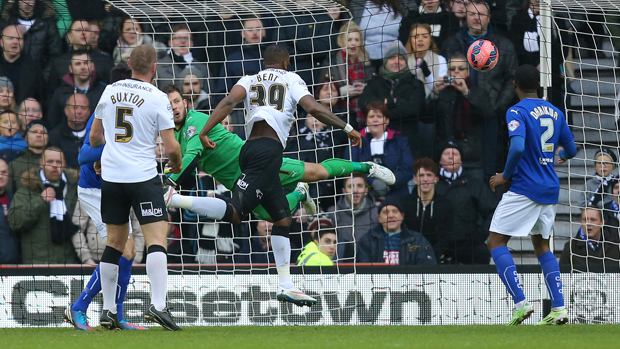
Finishing on the move
“If you’re making a run, you might get a good delivery but the ball might come at you awkwardly, and you have to be able to adapt. If the ball is coming at you fast, you should try and hit it first time, but if it’s a bit slow you might have to generate the power so you want to take a touch, get it out your feet and then hit it. A good way to practise this is to have someone hit you with different types of crosses – both hard and soft.”
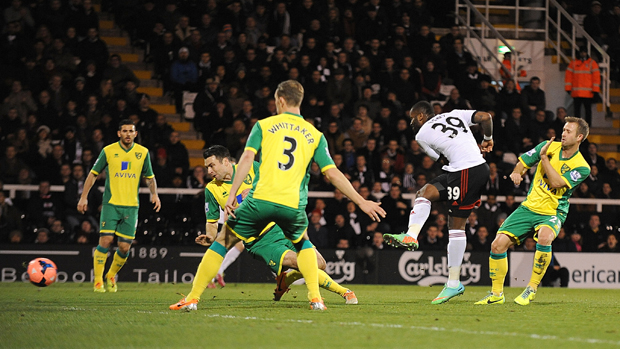
For more football tips see:
Ruud van Nistelrooy: Time your run to perfection
Radamel Falcao: How to be a penalty-box predator
Thierry Henry: Finishing at speed
Wayne Rooney's shooting drill
Olivier Giroud: How to create and conquer
Rooney: Big match preparation
Ibrahimovic: How to play as a targetman
